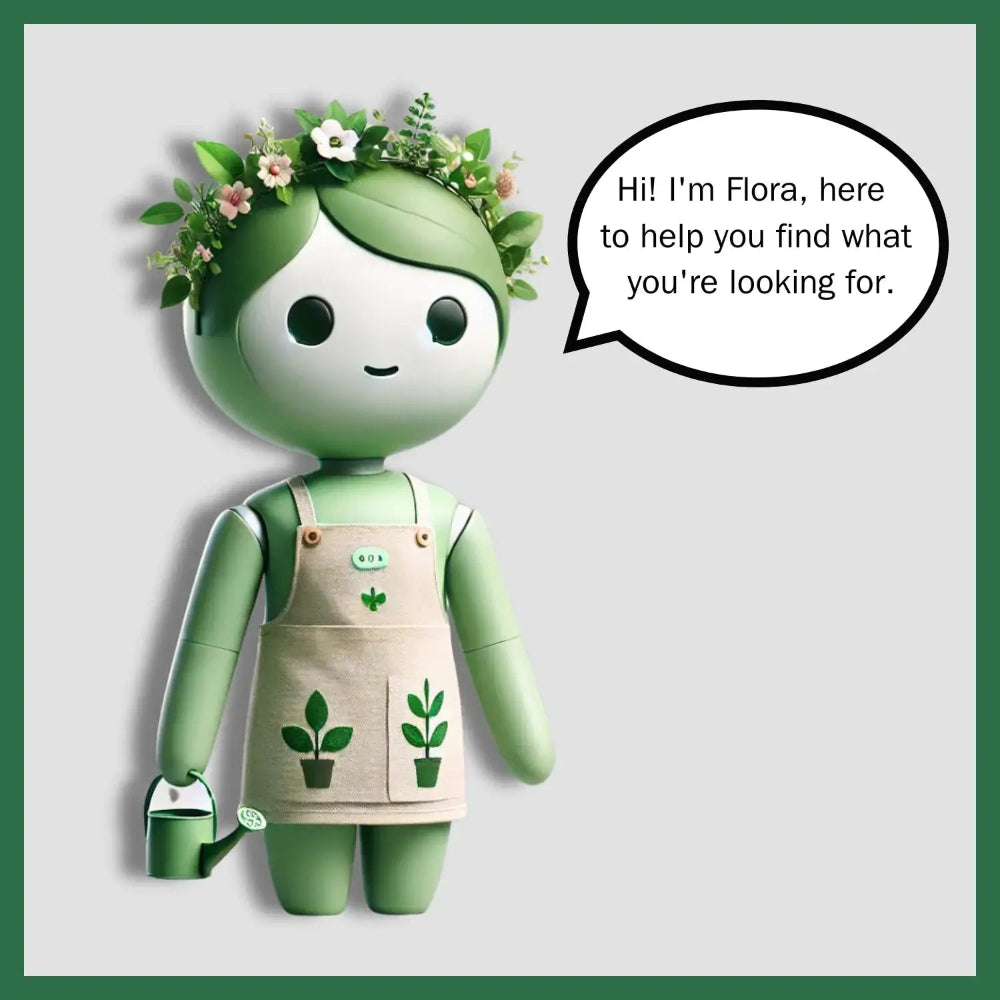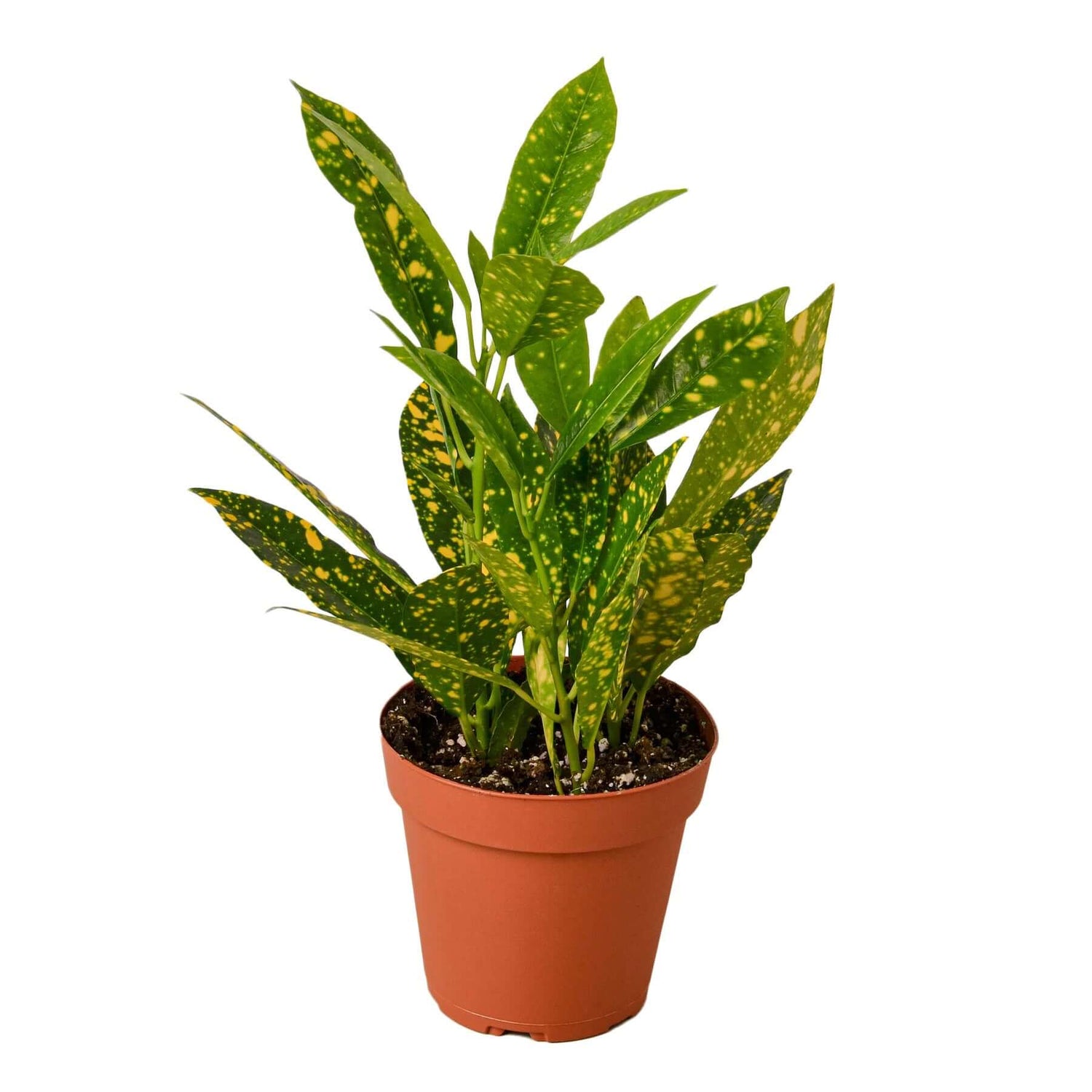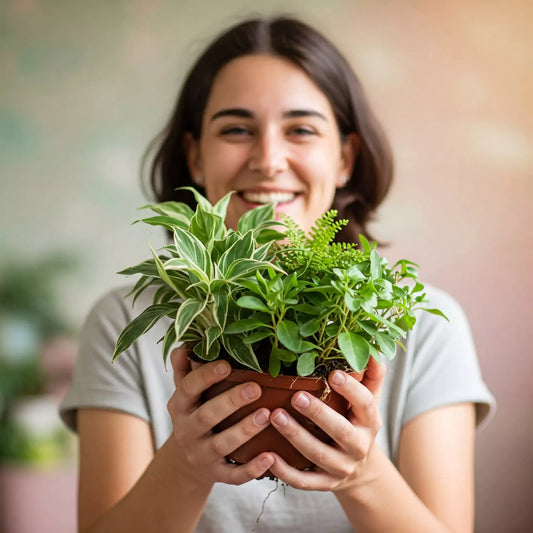Potting your houseplant might seem daunting, but with a few simple steps, you can ensure your plant thrives in its new home. Let’s dive into the process, from choosing the right pot to post-potting care.
How to Repot a Plant for Beginners
Repotting might sound intimidating, but it’s straightforward when you know the basics. Here’s a beginner-friendly guide:
- Choose the Right Pot: Make sure it has drainage holes and is just one size larger than the current pot.
- Gather Supplies: You’ll need potting soil, a trowel, water, and a saucer.
- Prep the Pot: Add a layer of potting soil at the bottom.
- Remove the Plant: Gently take your plant out of its current pot and loosen the roots.
- Place and Fill: Center the plant in the new pot, fill with soil, and water thoroughly.
For more detailed steps, check out our All About Repotting Houseplants: A Complete Guide
How Do You Arrange Indoor Plant Pots?
Arranging indoor plant pots can enhance your home’s aesthetics and plant health:
- Grouping: Place plants with similar light and water needs together.
- Height Variation: Use stands or shelves to vary the height of your plants for visual interest.
- Accessibility: Ensure plants are easy to water and care for.
- Light: Position plants according to their light requirements—near windows for sun-lovers, away from direct light for shade-tolerant plants.

Choosing the Right Pot for Your Houseplant
Selecting the perfect pot is crucial for your plant’s health. Here are the key factors to consider:
- Drainage: Ensure the pot has drainage holes at the bottom to prevent water from pooling and causing root rot.
- Size: Choose a pot slightly larger than your plant’s current one to give it room to grow.
- Material: Clay pots are great for air circulation, while plastic pots are lightweight and durable.
Tip: Always prioritize drainage and size over aesthetics to keep your plant healthy.
Essential Supplies for Potting a Houseplant
Before you begin, gather these essential supplies:
- A new pot with drainage holes
- Potting soil
- Trowel or small shovel
- Water
- Saucer or tray for excess water
- Stakes or a trellis (if your plant needs support)
Having everything ready will make the potting process smooth and stress-free.
Step-by-Step Guide to Potting Your Houseplant
Follow these easy steps to pot your houseplant:
- Prepare the Pot: Add a layer of potting soil at the bottom, covering the drainage holes.
- Remove the Plant: Gently take your plant out of its current pot. If the roots are tightly bound, loosen them a bit to encourage growth.
- Place the Plant: Center the plant in the new pot at the desired height.
- Add Soil: Fill the pot with soil around the plant, pressing it down gently to secure the plant.
- Water Thoroughly: Water the plant until you see excess water draining out.
- Use a Saucer: Place the pot on a saucer to catch any remaining water.
- Provide Support: If needed, add stakes or a trellis to support your plant.
Remember: Gentle handling is key to avoiding damage to your plant’s roots.
How Much Bigger Should a Pot Be When Repotting?
When repotting, the new pot should be just one size larger than the current one. This means about 1-2 inches wider in diameter. Too large a pot can lead to overwatering and poor root development.
Check out our Guide on Choosing the Right Pot Size for more details.
What Soil to Use to Repot Houseplants?
Use well-draining potting soil specifically formulated for houseplants. Avoid using garden soil, as it can be too heavy and may not provide adequate drainage.
Tip: For best results, choose a soil mix tailored to your specific type of plant, like cactus mix for succulents or peat-based mix for tropical plants. Here our recommended soil mix options for you.

Post-Potting Care Tips
To help your houseplant settle into its new pot, follow these care tips:
- Find the Right Spot: Place your plant where it gets the right amount of light. Some plants love direct sunlight, while others prefer indirect or low light.
- Water Wisely: Check soil moisture regularly. Water only when the top inch of soil is dry.
- Fertilize: Provide nutrients as needed. Follow specific instructions for your plant type.
- Prune: Remove dead or yellowing leaves to encourage healthy growth.
- Monitor for Pests: Keep an eye out for pests and treat them promptly.
Tip: Consistency in care will help your plant thrive.

Common Mistakes to Avoid When Potting Houseplants
Avoid these pitfalls to ensure your plant stays healthy:
- Wrong Pot Size: Don’t use a pot that’s too large. It can lead to overwatering and poor root development.
- Lack of Drainage: Always use pots with drainage holes to prevent water buildup.
- Improper Soil: Use well-draining potting soil, not garden soil, which can be too heavy.
- Overwatering: Be careful not to overwater. Let the soil dry out slightly between waterings.
- Neglecting Post-Potting Care: Don’t forget to provide proper light, water, and nutrients.
Key: A little attention goes a long way in keeping your houseplant happy and healthy.











